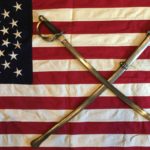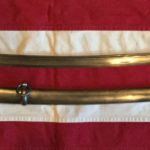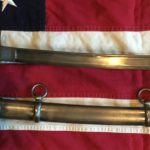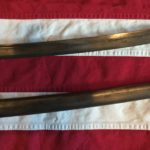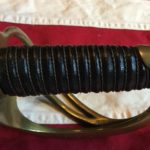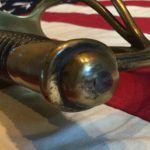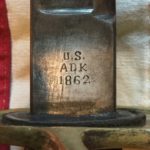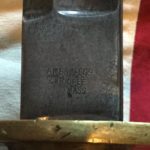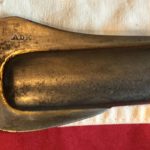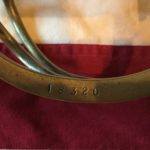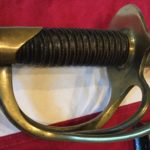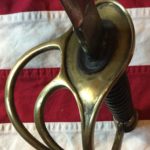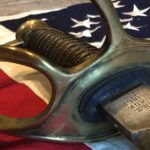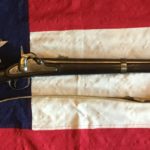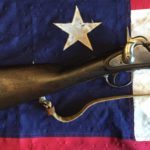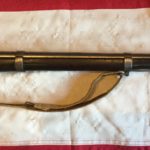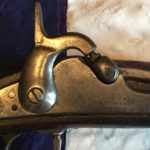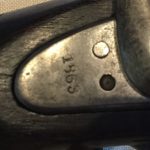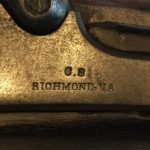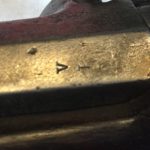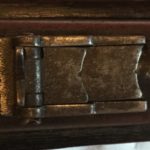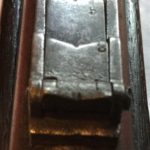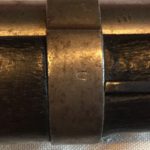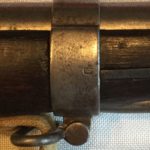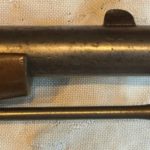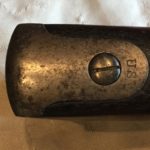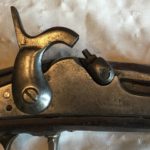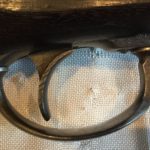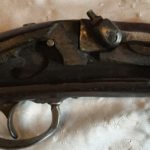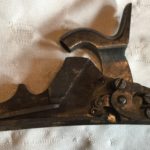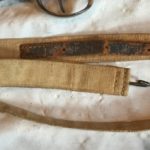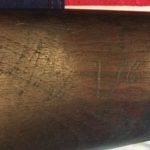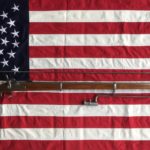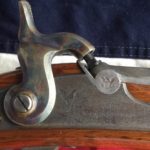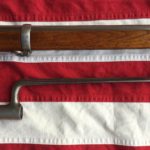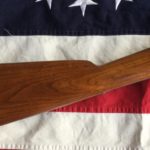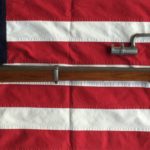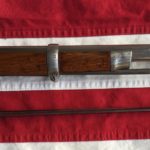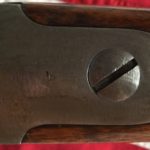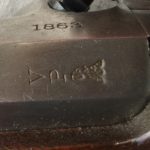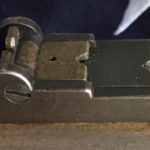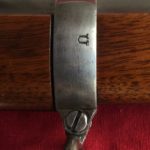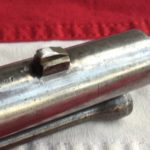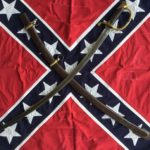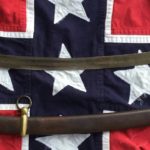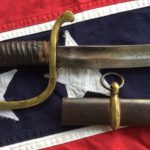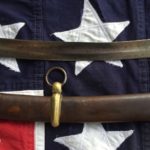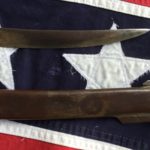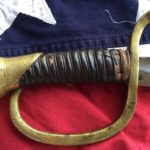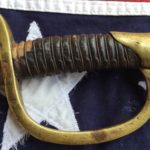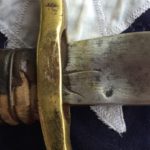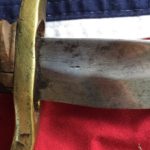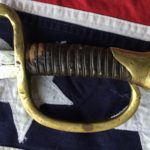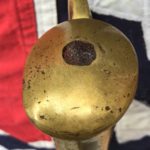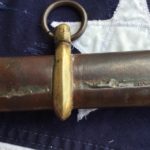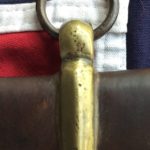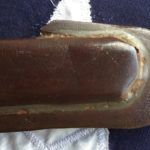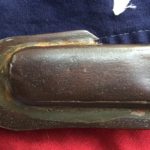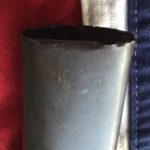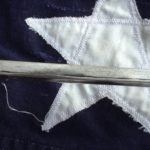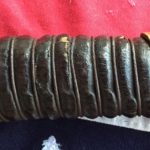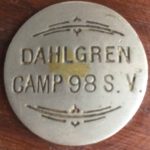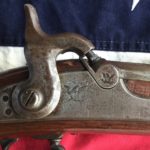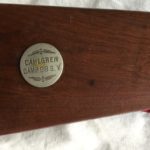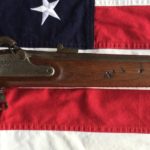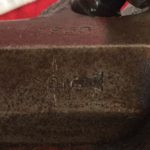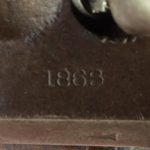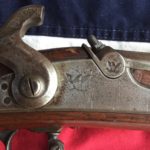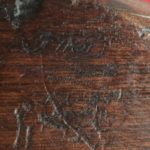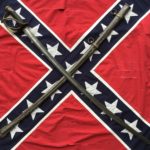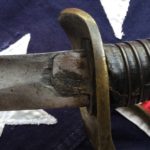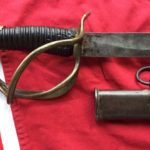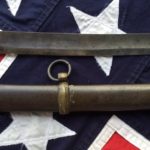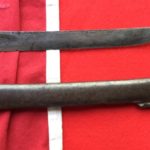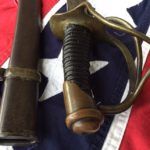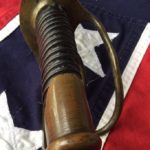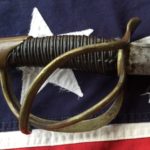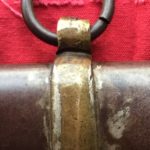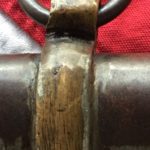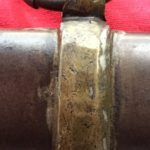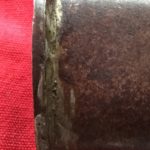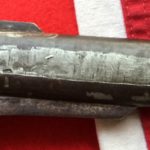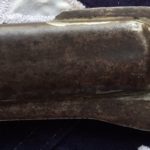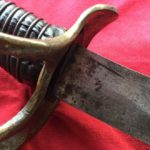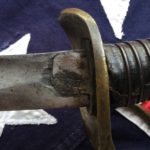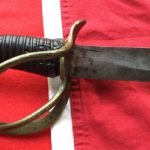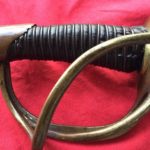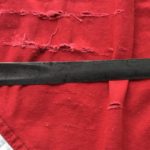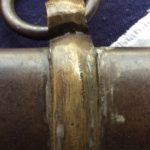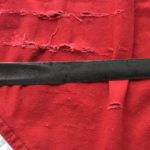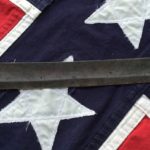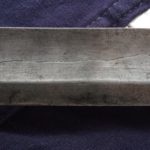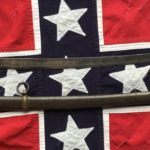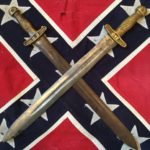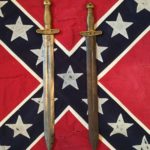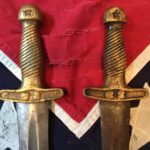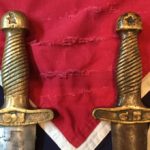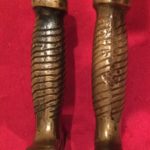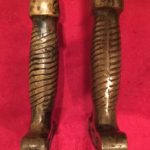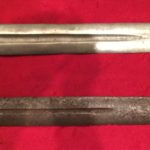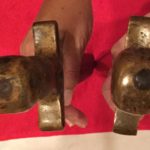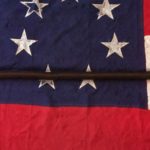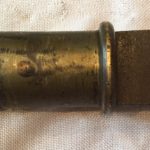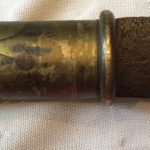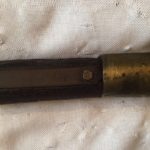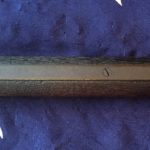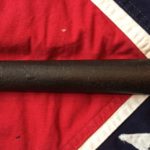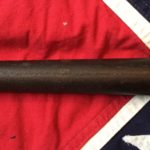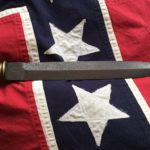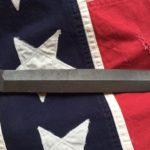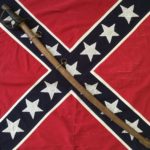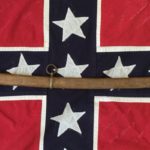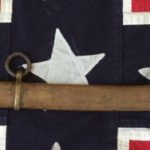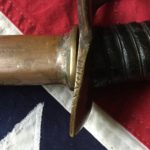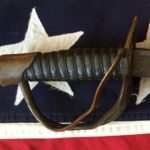-
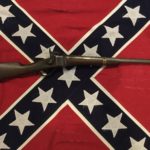
-
S.C. Robinson Carbine, Confederate Sharps
-
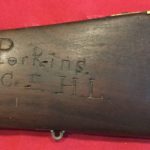
-
Confederate Sharps Carbine, Perkins, Co. E. H.L.
-
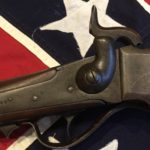
-
S.C. Robinson Carbine, Serial Number “4469”
-
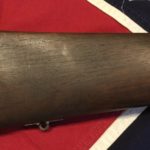
-
Robinson Carbine Rear Stock
-

-
S.C. Robinson Carbine, Lock Plate
-
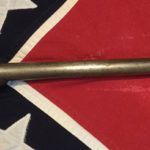
-
Robinson “Sharps” Carbine Barrel
-
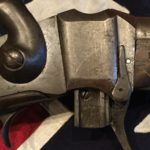
-
Confederate Sharps Breechblock
-
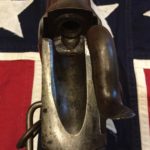
-
Samuel Robinson Carbine, Open Breech Closeup
-
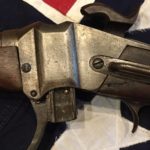
-
Robinson “Sharps” Carbine, Breechblock Left Side
-
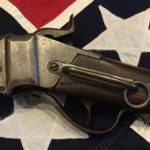
-
Robinson Carbine Sling Ring
-
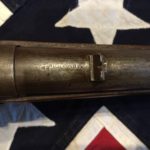
-
S.C. Robinson Carbine Rear Sight, Richmond Virginia
-
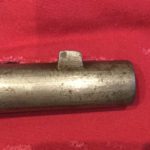
-
Confederate Sharps Front Sight
-
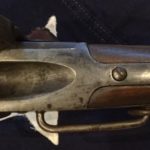
-
S.C. Robinson Carbine Breech
-
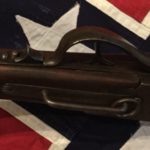
-
Robinson Carbine Trigger Guard
-
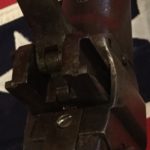
-
S.C. Robinson Breechblock, Bottom Closeup
-
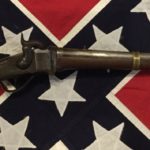
-
Samuel C. Robinson Carbine
Samuel C. Robinson was a prominent businessman and property owner in Richmond, Virginia at the outbreak of the “war of Northern aggression”. He teamed up with John H. Lester who had migrated to Richmond shortly before the out break of the war. John was a accomplished businessman who moved his wood working machinery from Brooklyn, New York to Richmond, Virginia.
December of 1862 the Confederate Government entered into contract with the S.C. Robinson Arms Company, of which John Lester was superintendent. The contract was for as many Sharps pattern carbines the firm could produce. During the following 15 months (December 62 – March 63) S.C. Robinson’s Arms Co. manufactured around 2000 “Robinson Sharps” carbines.
The factory was taken over by the Confederate Government sometime after March of 1863. and as the war pressed on and the need for Calvary weapons increased the fabrication of weapons was rushed and many of the Robinson Sharps gained a bad reputation among the troops. One report contending that seven out of nine carbines had burst while testing. Investigation determined that improper handling of the arms would cause loose powder to leak into the lever spring mortise in the forestock, resulting in ignition and bursting of the forestock when firing. The problem was eventually solved by milling a half crescent shaped cutout in the bottom of the forestock allowing any residual powder to fall free.
While the S.C. Robinsons Arms Manufactory was in private hands there was approximately 1900 carbines manufactured and approximately 3500 made while under Confederate Government control.
S.C. Robinson Carbines are one of the few Confederate weapons with serial numbers on them, which allows us to understand when a particular carbine was manufactured, giving us better insight into there history. Most Confederate weapons aren’t so kind to the collector and enthusiasts leaving us grasping at straws to there history. In John M. Murphy’s book “Confederate Carbines and Musketoons”, John claims based on his research the lowest serialized S.C. Robinson carbine known to exist is “11” and the highest is “1909” and the lowest serialized Confederate produced carbine is “1925” and the highest is “5463”.
Robinson Carbines measure a total of 38 ½” with barrels that are 21 ½” long. They are .52 caliber and are rifled with six lands. Most barrels were browned, however some were heated blue. The lock plates/ actions were color-case hardened. The earlier versions made by S.C. Robinson are marked on the lock plate behind the hammer “S.C. Robinson / Arms Manufactory / Richmond VA/ 1862” in four lines, the serial number was stamped on the tail of the lock plate. The Government produced carbines are virtually identical to those made by S.C. Robinson except there lock plates are unmarked except for the serial number and the barrels are marked with Richmond VA behind the rear sight.
All this leads me to one of my many new Confederate Weapons. This carbine has been on my wish list for years, it is a carbine manufactured while under Government control with serial number “4469” on the tail of the lock plate, the tang at the rear of the breech block as well as the backside of the sling plate which can’t be seen while attached to the stock. All in all the carbine is in great shape for its age and history. The action is a little sloppy, but that’s to be expected, the stock does have a small crack on the left side above the trigger, beneath the sling ring…..but it’s minimal. Seems as though the horseman who carried this carbine carved his name and company into the left side of the stock (refer to the photos) which makes this weapons that much cooler…..
So there you have it another Greeeeeaaaaat Confederate weapon, I’m currently looking for an early version of the S.C. Robinson Carbine manufactured while privately owned, which should put the serial number below 1900. If you happen to have an early version Robinson Sharps that you’d like to sell give me a shout maybe we can strike a deal. If you have any questions about this or any of the other weapons at the” Civil War Arsenal” contact me at civilwararsenal@yahoo.com attn: Gene West. Thanks for stopping by, hope to see ya again.

